
-
Find the right food for your petTake this quiz to see which food may be the best for your furry friend.Find the right food for your petTake this quiz to see which food may be the best for your furry friend.Featured products
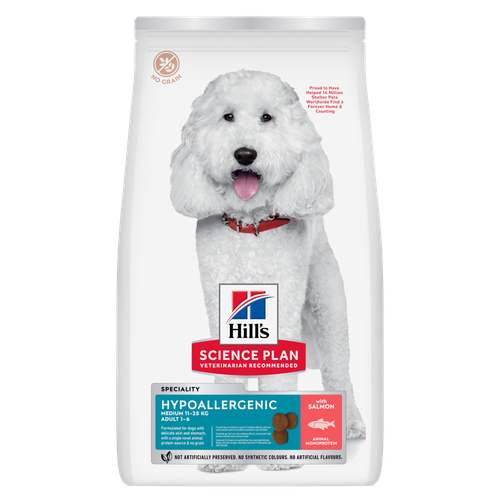 Hypoallergenic Medium Adult Dog Food
Hypoallergenic Medium Adult Dog FoodScience Plan Hypoallergenic Medium Adult dog food with Salmon is a gentle, science-led formula crafted for dogs with food sensitivities. Made with carefully selected, high-quality novel proteins and no grains, it’s tailored to minimise common triggers that can lead to skin and digestive discomfort.
Shop Now Perfect Weight Small & Mini Adult Dog Food
Perfect Weight Small & Mini Adult Dog FoodHill's Science Plan Adult Small & Mini Dog Food with Turkey is a complete premium pet food for adult small dogs from 1 year old that are prone to weight gain or slightly overweight. This deliciously smooth mousse is formulated to deliver the appropriate amount of energy to support weight maintenance in adult dogs.
Shop Now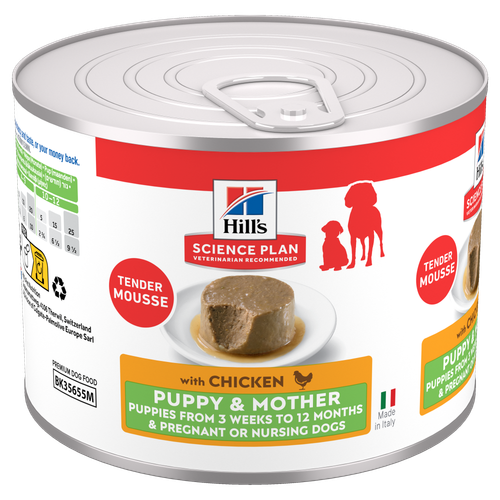 Puppy & Mother Tender Mousse Dog Food
Puppy & Mother Tender Mousse Dog FoodHill's Science Plan Puppy & Mother Tender Mousse Dog Food with Chicken is a complete premium pet food for puppies and pregnant or nursing dogs. Formulated with chicken and other specially selected ingredients, including minerals and antioxidants to support gut health and optimal growth, it comes in a soft mousse texture they'll love.
Shop NowFeatured products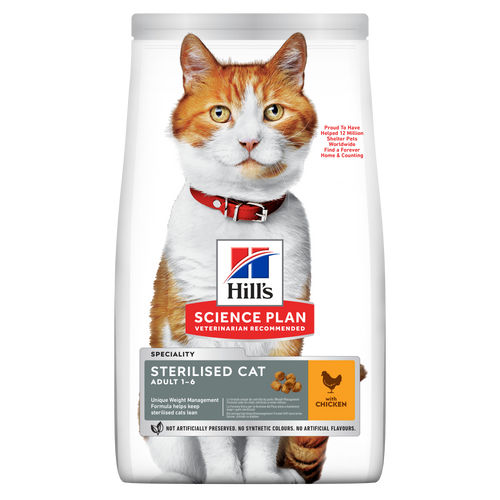 Sterilised Adult Cat Food
Sterilised Adult Cat FoodHill's Science Plan Adult Sterilised Cat Dry Food with Chicken is specially formulated with ActivBiome+ Multi-Benefit Technology. It is a precisely balanced nutrition, tailored to meet the needs of sterilised cats, to help keep sthem lean & healthy.
Shop Now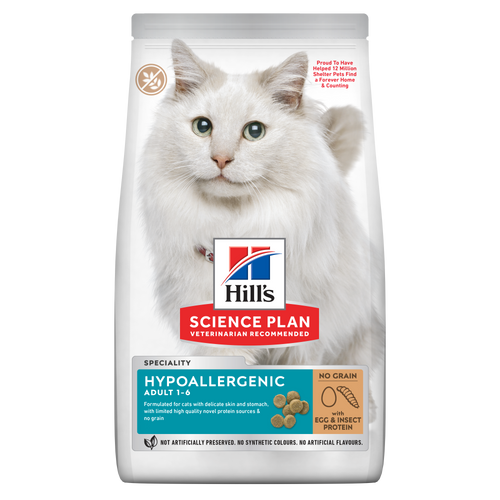 Hypoallergenic Dry Cat Food
Hypoallergenic Dry Cat FoodHILL'S SCIENCE PLAN Hypoallergenic Adult cat food with egg & insect protein is a complete pet food for adult cat 1–6 years old. It's formulated for cats with delicate skin and stomach, with limited high quality novel protein sources & no grain.
Shop Now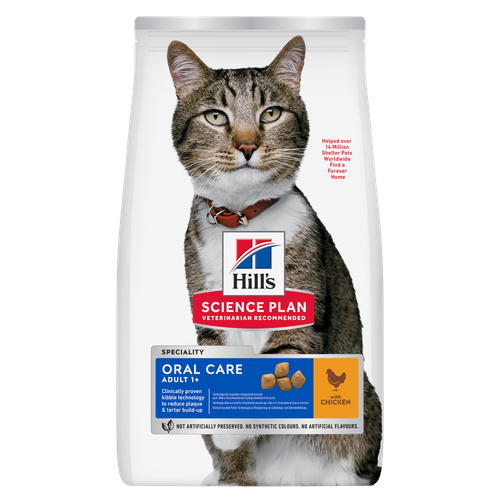 Oral Care Adult Cat Food
Oral Care Adult Cat FoodHill's Science Plan Oral Care Adult Cat Food with Chicken contains clinically proven kibble technology to reduce plaque & tartar build up.
Shop Now -
Dog
- Dog Tips & Articles
-
Health Category
- Weight
- Food & Environmental Sensitivities
- Urinary
- Digestive
- Joint
- Kidney
-
Life Stage
- Puppy Nutrition
- Adult Nutrition
- Senior Nutrition
Cat- Cat Tips & Articles
-
Health Category
- Weight
- Skin & Food Sensitivities
- Urinary
- Digestive
- Kidney
-
Life Stage
- Kitten Nutrition
- Adult Nutrition
Featured articles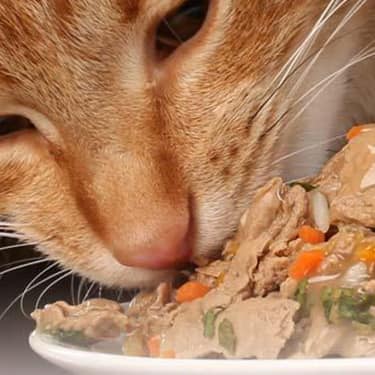 Tips For Mixing Wet And Dry Pet Food
Tips For Mixing Wet And Dry Pet FoodDiscover tips for mixing wet and dry pet food to ensure balanced nutrition and variety for your pet. For comprehensive feeding advice, visit Hill's Pet UK.
Read More What Cleaning Products Are Safe for Pets?
What Cleaning Products Are Safe for Pets?Learn which cleaning product ingredients can be hazardous for dogs & cats, which alternatives are safer and tips for using cleaning products around pets.
Read MoreTips for Working From Home With a PetGet helpful information on how to get all of your work done while keeping your dog or cat entertained when working from home.
Read More -


Most cats are not particularly happy travellers - they are usually bonded strongly to their own territory and feel very vulnerable off home ground. The rewards of staying with the family 'pack' or the potential of exploring or walking somewhere new at the end of the journey do not excite the average feline in the same way as its canine cousins.
If you wish to take your cat on a train/car or air journey you will have to ensure it is safely and comfortably secure in an appropriate carrier and is kept confined at the end of the journey, at least until it has become bonded to the new territory. Of course you get the occasional cat that travels frequently with its owner and does not panic or run off in a new environment, however, these are few and far between.
Travelling by car
It can be very dangerous to have a cat loose in the car - not only could it cause an accident by becoming entangled with the driver, but if a window or door was opened or an accident occurred, the cat could escape and become lost.
You will need to invest in a carrier that is strong and easy to clean should the cat urinate, defecate or become sick during the journey. Also consider the weather you will be travelling in - both your present situation and the likely temperature of your destination. If it is likely to be very hot then use a basket which allows good air flow - if it is going to be cold then one which can provide draft-free warmth while still allowing a good air flow would be useful. Place the carrier where it will be secure if you have to brake suddenly but where it has a good air flow - i.e. not underneath lots of other luggage in the back of the car. Do not put the cat in the boot and take care with the rear of hatchbacks - ventilation may be poor and the cat may overheat. You can secure the carrier behind one of the front seats or use the seat belt to make sure it is held securely on the seat.
What's all that noise about?
The cat may meow initially or even throughout the whole journey - speak calmly and reassuringly to it but resist letting it out of its carrier. The noise will probably drive you mad but the cat is unlikely to be suffering; just voicing its dislike of the situation! Eventually the constant motion and noise of the car will probably induce it to sleep or at least to settle down. Check the cat regularly, especially if the weather is hot - don't underestimate how rapidly the temperature inside a car can rise - bear this in mind if you stop for a refreshment break and leave the cat in the car. Put the car in the shade and leave windows open - if it is very hot take a picnic and eat it nearby with the cat secure in its carrier outside the car or with all the doors open. Heat-stroke can be a killer.


Tasty Tips
Travelling by train
Obviously if you are travelling by train you will need a very secure carrier which the cat cannot possibly escape from, but one which is also light enough to carry. You may want one with a solid base in case the cat urinates so that it does not soil the railway carriage. Line it with absorbent paper and material and take spare bedding too. You will probably be able to keep the cat in its carrier on your lap depending on the type of train and the space available.
Travelling by air
If you intend to travel by plane with your cat then you need to plan well ahead. You may have a choice of airlines and how they can transport your cat may influence your choice. Most airlines do not allow cats to travel with their owners and have to travel in a special part of the hold that is heated and pressurised.
Most cats do travel well but it is not recommended to send a pregnant cat or kittens under three months old. Also note that not all flights are licensed to carry animals so the cat may have to travel on a different flight to you.
If possible book the cat onto a direct flight so there will be no need for it to be disturbed for transfer, this will also prevent any problems associated with waiting around in a very hot or cold country. This may also affect the timing of the flight you choose. The International Air Transport Association Standards say a container must be large enough to stand up in and turn around with ease - check with individual airlines on what they need.
Arriving at your destination
When you arrive, place the cat in one room and make sure it is secure, comfortable and cannot escape. Offer water and a little food although it may not be interested in eating until it settles in a little more. Do not let the cat go outside for at least a week and make sure it is identifiable if lost. Withhold food for about 12 hours so that the cat is hungry and comes back to you for food when you call. Gradually let it explore further and use food to ensure it does not go too far and returns for regular meals.
Using the carrier
For cats the production of a carrier usually means a trip to the veterinary surgery so they are often not too keen to get into it! Take time to let the cat become accustomed to the carrier or travel crate well before the journey.
Make it a pleasant place to be - feed the cat treats inside it and make a cosy bed of familiar smelling bedding which can be used on the journey. Leave the door open and encourage the cat to go in and out and to sleep in it. Then, when it comes to the actual journey, the cat is at least familiar with its immediate environment.
If you have more than one cat it is better to give them separate carriers which allows better flow through of air, more room and less chance of overheating. Even the best of friends may become stressed during a journey and behave in an uncharacteristic, agitated way with each other; separate carriers will prevent any injury. If they can at least see and hear each other they may be comforted by that.
Withhold food for about four to five hours before the journey in case the cat is sick while travelling. Offer water up to the time you leave and again during the journey if possible. You can buy bowls which attach to cages so they are not spilled by the cat during the journey and are easy to fill without opening the cage should there be a delay during the journey.
Ref: Feline Advisory Board - www.fabcats.org


One of our staff authors prepared this article for you
Related products

Hill's Science Plan Oral Care Adult Cat Food with Chicken contains clinically proven kibble technology to reduce plaque & tartar build up.

Hill's Science Plan Kitten & Mother Tender Mousse Cat Food with Chicken & Turkey is a complete premium pet food for kittens from weaning until 1 year old and for pregnant and nursing cats. Formulated with chicken, turkey and other specially selected ingredients to support gut health and optimal growth. It comes in a soft mousse texture they'll love.

HILL'S SCIENCE PLAN Hypoallergenic Adult cat food with egg & insect protein is a complete pet food for adult cat 1–6 years old. It's formulated for cats with delicate skin and stomach, with limited high quality novel protein sources & no grain.

Hill's Science Plan Adult Sterilised Cat Dry Food with Chicken is specially formulated with ActivBiome+ Multi-Benefit Technology. It is a precisely balanced nutrition, tailored to meet the needs of sterilised cats, to help keep sthem lean & healthy.
Related articles
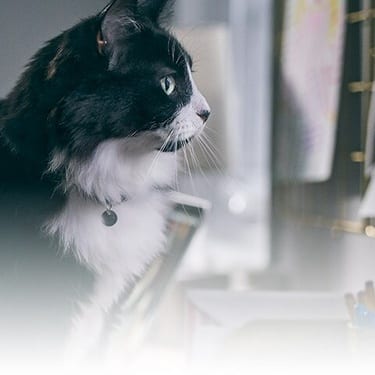
While hairballs are a common occurrence of cats, there are steps you can take to help them manage their problem and keep them healthy.

Learn the different factors that might be contributing to your cat's weight gain, and how bigger doesn't always mean better.
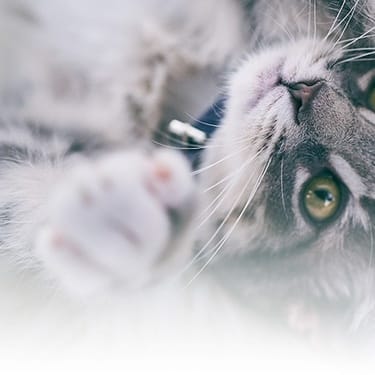
South African vets say more than half the patients they see are overweight. Learn more about managing your cat’s weight.
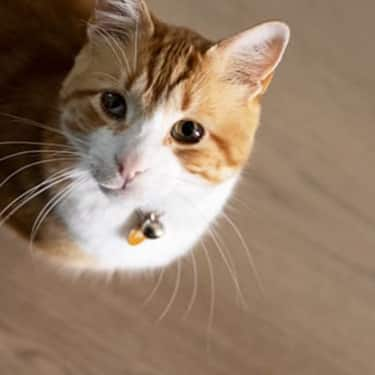
Learn how to spot the signs of a skin condition in your cat and the steps to take for their wellbeing. For comprehensive care advice, visit Hill's Pet.
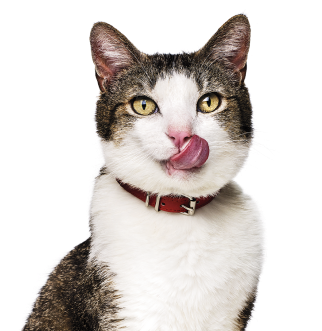
Put your cat on a diet without them knowing
Our low calorie formula helps you control your cat's weight. It's packed with high-quality protein for building lean muscles, and made with purposeful ingredients for a flavorful, nutritious meal. Clinically proven antioxidants, Vitamin C+E, help promote a healthy immune system.
Put your cat on a diet without them knowing
Our low calorie formula helps you control your cat's weight. It's packed with high-quality protein for building lean muscles, and made with purposeful ingredients for a flavorful, nutritious meal. Clinically proven antioxidants, Vitamin C+E, help promote a healthy immune system.

